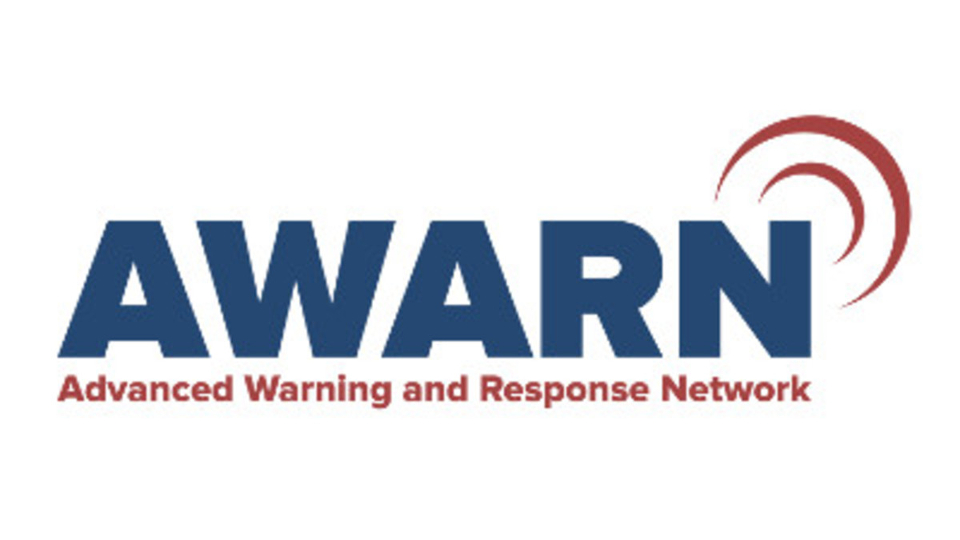AWARN Is Addressing the Major Questions Around ATSC 3.0 Alerting
The Advanced Warning and Response Network (AWARN) remains one of the clearest and strongest use cases for Next Generation Television. It was a key factor in the Federal Communications Commission’s approval of voluntary transmission with ATSC 3.0 [nearly one year ago]. And it’s the platform for a renewed relationship between broadcasters and the public to improve disaster resilience.

The AWARN Alliance continues to grow and evolve. Members include commercial and public broadcasters who reach 90 percent of U.S. households, the National Association of Broadcasters, the Consumer Technology Association, LG Electronics, and tech companies in the U.S., South Korea, and Japan. But many other industry players remain on the sidelines.
The Alliance works closely with our partners who are building the technical architecture for advanced alerting, including ATSC’s AEA I-Team, NAB PILOT, Pearl TV, One Media and the CTA. In this division of labor, the Alliance is answering the “what,” while our technical partners are answering the “how.” Together, we are creating the world’s most advanced alerting system.
Toward that end, AWARN is developing a user experience (UX) style guide based on social science and usability research. So far, we have conducted focus groups with alerting authorities for 26 million people in Southern California and Arizona. For our next focus group at the New York City Emergency Operations Center, TV news professionals from the network stations and WNET, one of our public media members, are invited. We hope to test usability with end-users in 2019.
The AWARN Steering Committee has been formed to help guide the Alliance, which is managed by my firm, Convergence Services, Inc. The committee quickly has become the forum for holistically examining the major issues around the launch of advanced alerting. Convening cross-industry working groups to address these issues, along with UX development, has emerged as a focus of the Alliance for next year. Major questions include:
- Where does official alerting end and station news and weather begin?
- If the most urgent alerts should be automatically passed through stations, as some broadcasters have suggested, what sort of voluntary agreements are needed between stations and alerting authorities?
- Smart industries avoid regulation by providing voluntary services; how can voluntary AWARN preclude any future perceived need to regulate ATSC 3.0 alerting?
- As pressure builds on streaming services such as Netflix and Hulu to provide local emergency messages, can ATSC 3.0 home gateways and smart TV’s provide a hybrid alerting solution?
- What are appropriate guidelines among broadcasters, receiver makers, and emergency managers for “waking-up” devices from standby mode?
The AWARN Alliance is bringing together broadcast executives, news and digital directors, emergency managers, device makers, and tech vendors for resolving these issues. We appeal to all organizations seeking success in the Next Gen TV ecosystem to become part of the solution. After all, if we can use ATSC 3.0 to send a geo-targeted, multimedia alert to any enabled consumer device under the worst possible conditions, we can use it to send anything.
As one of our members has said, “If you’re not at the table, you’re on it.”
The professional video industry's #1 source for news, trends and product and tech information. Sign up below.
For more information, visit our website.
John M. Lawson is executive director of the AWARN Alliance and president of Convergence Services, Inc.
For comprehensive coverage on ATSC 3.0, visit TV Technology's ATSC3 silo.
John M. Lawson is president of Convergence Services, Inc. and Executive Director of the Advanced Warning and Response Network (AWARN) Alliance.

